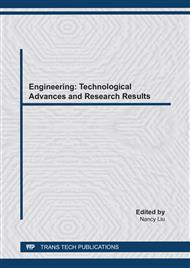p.1
p.11
p.19
p.27
p.37
p.47
p.55
p.63
p.71
Environmental Cognition in a Coastal Fishing Village Area and its Internal Structure
Abstract:
This study considered the relationship between the extent of the Environmental cognition by residents in the coastal fishing area and the physical environment, as ascertained from a questionnaire survey of local residents. The Object is 59 coastal fishing villages (Izu and Bousou peninsula in Japan) in which the sea, a town, and a mountain are realized in one, and has a complicated geographical feature. We have been researched the complexity and metamorphosis patterns of common areas in coastal fishing regions using area drawing method. As a result, villages were classified into five typology of villages based on the relationship between physical environment and landscape recognition. Further, this study analysis Explicate Order and Implicate Order formed from the mutual relationship of the cognitive area and visibility/Invisibility and the clarify characteristic between cognitive area and visibility. We analysis visibility with visible region image using the 3-dimensional shade picture which applied the inverse-square damping which is an approximation to man's visual recognition and which is obtained from a spread of light. From the above analysis, correlativity of cognitive area and visibility by landscape cognition of residents was shown and its Composition was revealed.
Info:
Periodical:
Pages:
19-25
Citation:
Online since:
August 2020
Authors:
Price:
Сopyright:
© 2020 Trans Tech Publications Ltd. All Rights Reserved
Share:
Citation:


